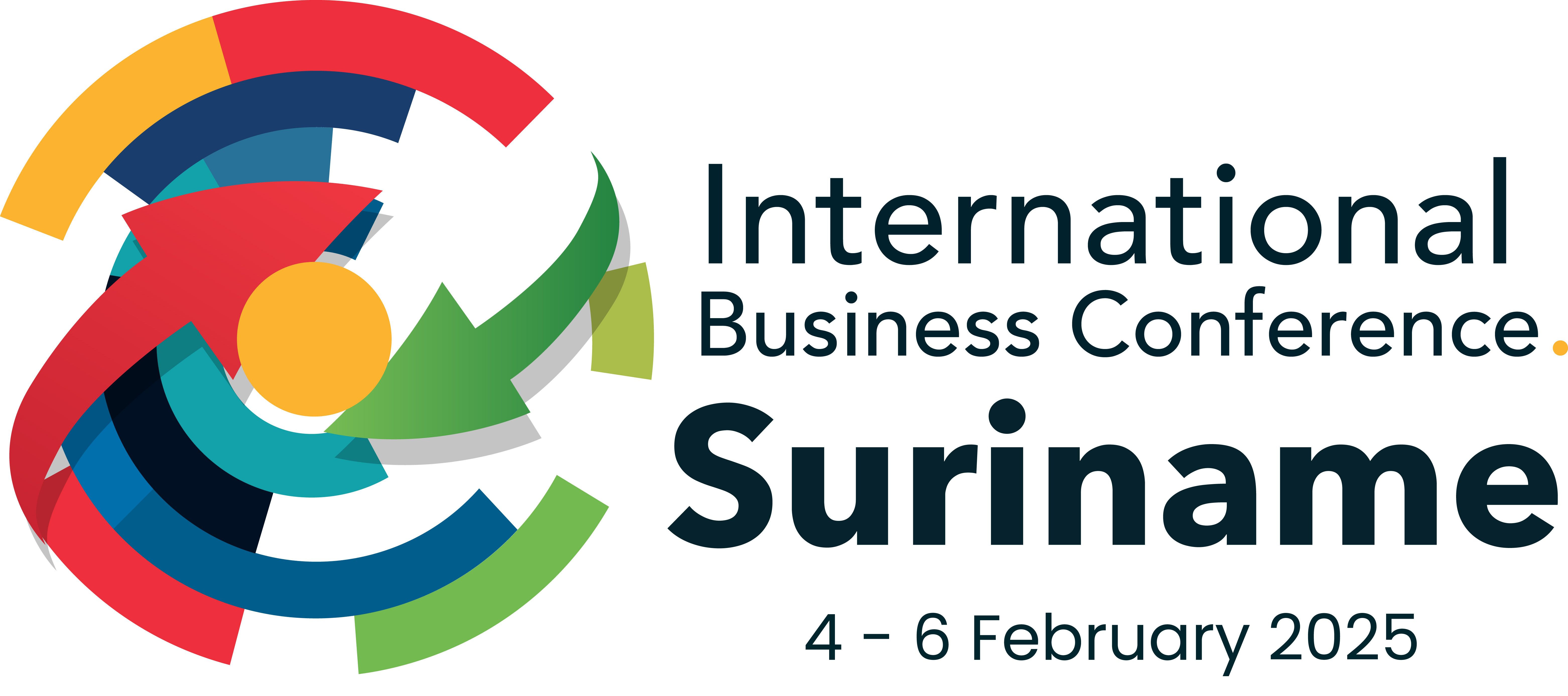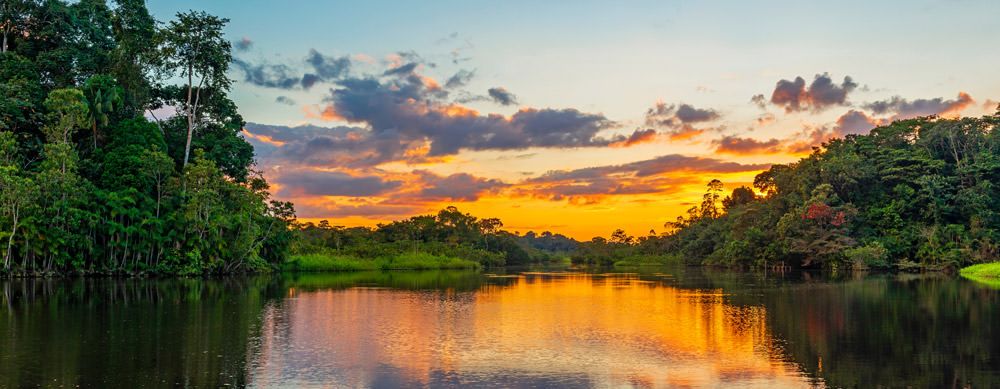Regulatory stability key to unlocking Guyana-Suriname basin’s oil potential –ExxonMobil President says
)
THE Guyana-Suriname basin is poised to become one of the most prolific oil-producing regions globally, with production expected to surpass 1.5 million barrels of oil per day by 2028.
This significant milestone for the two Caribbean Community (CARICOM) nations not only reflects the immense potential of their oil and gas resources but also underscores the importance of a stable regulatory framework in fostering sustainable growth and investment.
Alistair Routledge, President of ExxonMobil Guyana Limited, highlighted the critical role of regulatory stability in ensuring the continued attractiveness of the basin for long-term investments.
Speaking recently on Energy Perspectives Podcast on the region’s development trajectory, he emphasised that while the production figures are impressive, a collaborative and predictable regulatory environment will be essential to achieving sustainable success.
“I think, for the overall efficiency of the basin, it will be good for there to be mechanisms in place to enable the free flow of goods and materials between the two countries, to facilitate as efficient a development as possible,” he noted.
He highlighted the rapid pace of development in the Guyana-Suriname basin, with Guyana playing a leading role.
According to him, majority of the basin’s output will come from Guyana. By 2027, Guyana is expected to have six oil production projects operational, contributing to a production capacity of 1.3 million barrels of oil per day within its territory alone.
He explained that existing investments in Guyana—by both the government and companies like ExxonMobil—create significant opportunities for collaboration between Guyana and Suriname.
With well-established infrastructure and a robust supply chain in place, supported by major players like Schlumberger, Baker Hughes, and Saipem, Routledge emphasised that Guyana is well-positioned to extend its resources and expertise to support Suriname’s oil and gas sector.
The CEO emphasised that stability is crucial for industries with long investment horizons.
He explained that consistent regulatory and legal environments are essential for making confident investment decisions. While companies accept risks like geology or execution, he noted that unpredictable rules add unnecessary complications. “It is always super important to us to ensure that we are always investing with confidence, that the rules aren’t going to change, that investors can make decisions that are going to materialise,” Routledge explained.
A staggering US$10.5 billion has been invested in Suriname’s Block 58 which holds approximately 750 million barrels of oil. The development will include drilling approximately 30 wells over several years, with first oil production anticipated in 2028.
A floating production, storage, and offloading (FPSO) vessel will be stationed offshore Suriname upon completion. The project aims to achieve a production capacity of up to 220,000 barrels of oil per day (b/d). The Guyana-Suriname basin is projected to contribute an additional 950,000 b/d to global supply between 2025 and 2028, with four projects set to commence operations during this period. Each year will see the launch of a new FPSO vessels: One Guyana, Errea Wittu, Jaguar, and Suriname’s FPSO.
ExxonMobil, the leading operator in Guyana’s Stabroek Block, has already seen remarkable results, with multiple FPSO vessels in operation and several more planned.
Since the initial discovery in 2015, three major projects—Liza 1, Liza 2, and Payara—are collectively producing over 600,000 barrels of oil per day in the Stabroek Block. This production is supported by three FPSOs: Liza Destiny, Liza Unity, and Prosperity.
The prolific Stabroek Block has solidified Guyana’s position as a major player in the global oil industry and the fastest-growing economy in the world.
Three other development projects in this block—Yellowtail, Uaru and Whiptail—are set to begin production in 2025, 2026, and 2027, respectively.
Each project is estimated to generate 250,000 barrels per day, bringing the total offshore oil output in Guyana to more than 1.3 million barrels per day.
At the end of 2023, ExxonMobil Guyana, had made $614.6 billion, which is equivalent to US$2.9 billion, in profits. And that profit occurred at a time when the company’s annual revenue was $1.1 trillion and its overall operating expenses were estimated to be $356.1 billion.
The company has emphasised that Stabroek Block will go down as one of the greatest deepwater projects in the industry’s history.
Original Source: https://guyanachronicle.com/2024/12/07/regulatory-stability-key-to-unlocking-guyana-suriname-basins-oil-potential-exxonmobil-president-says/



